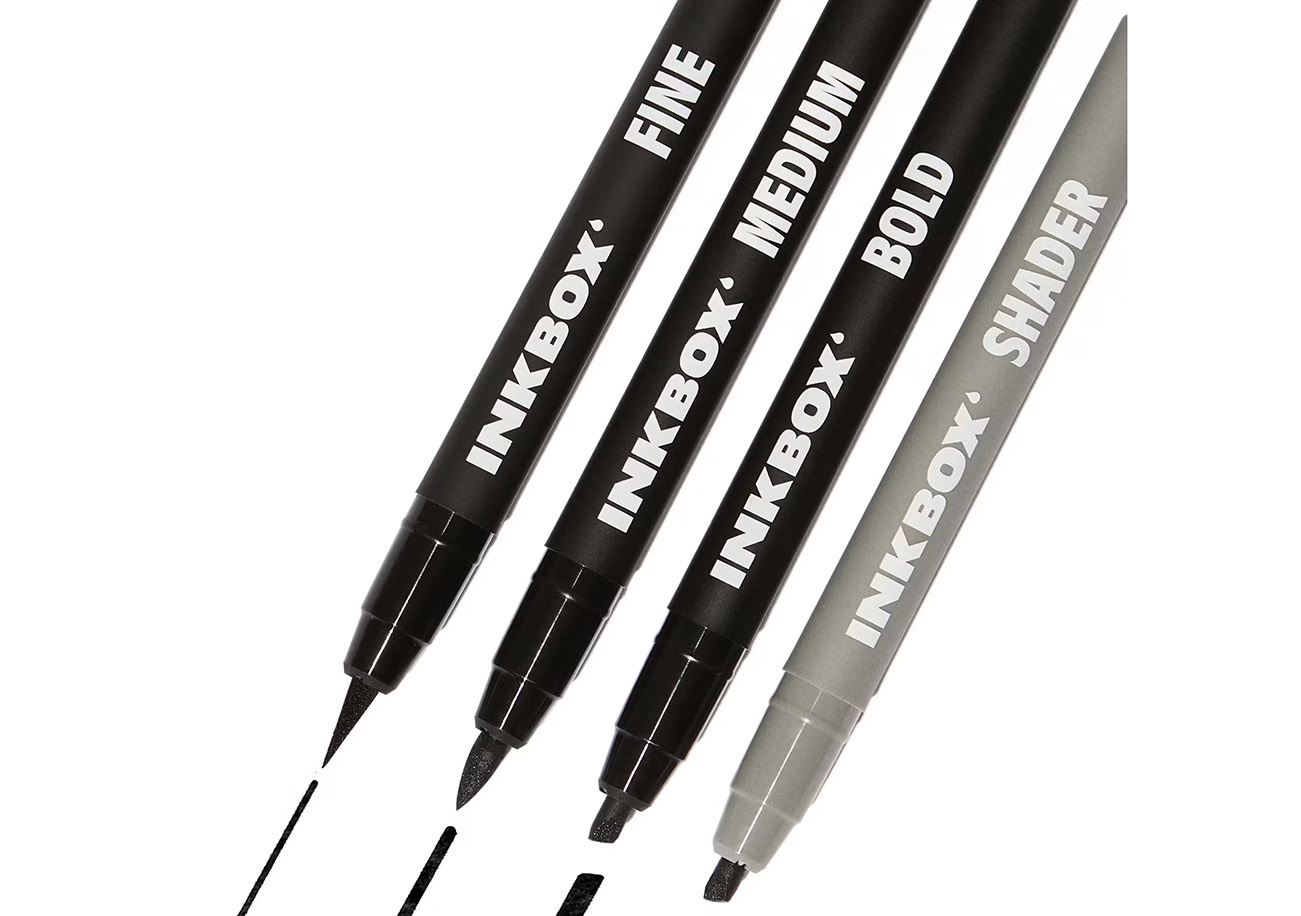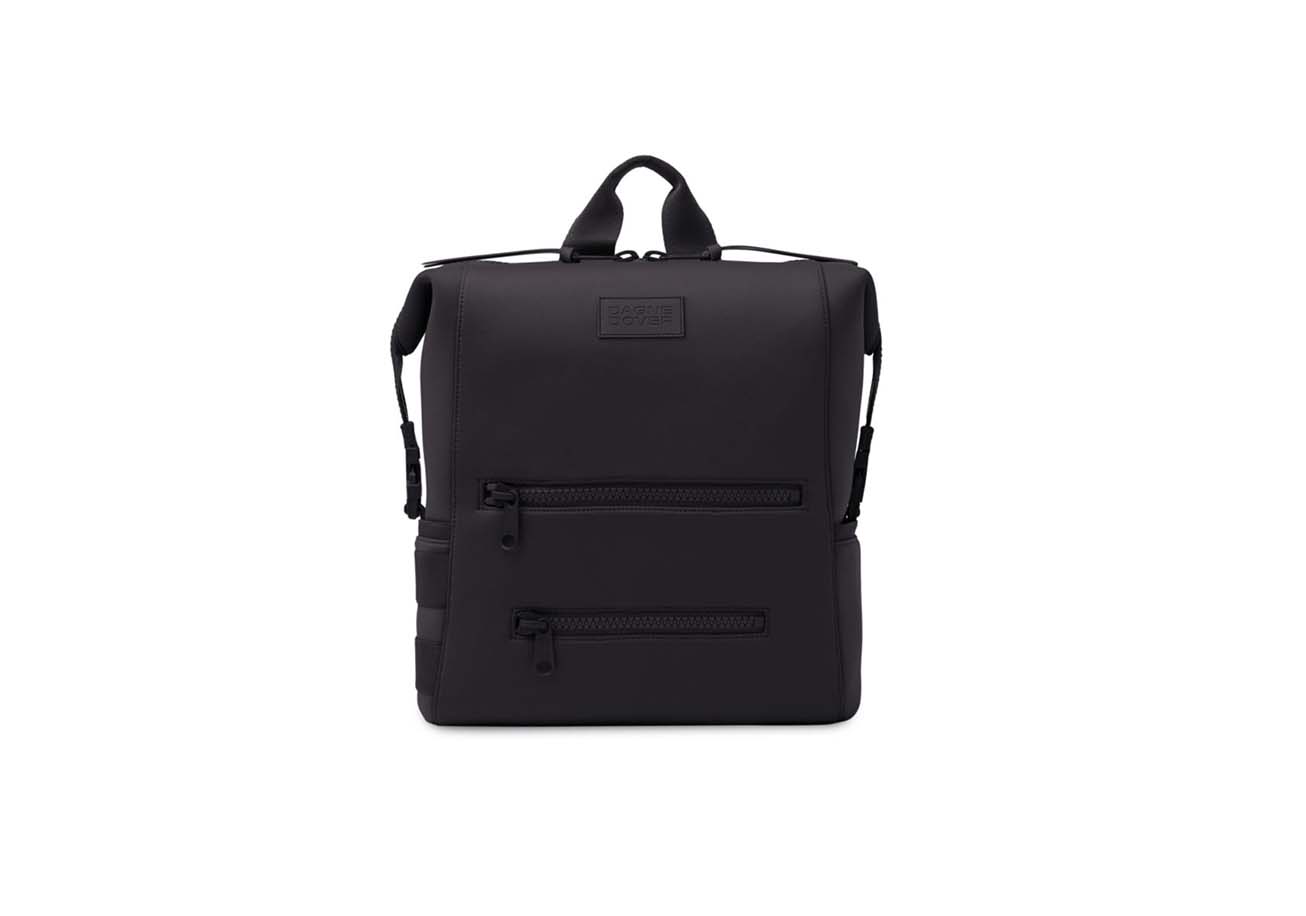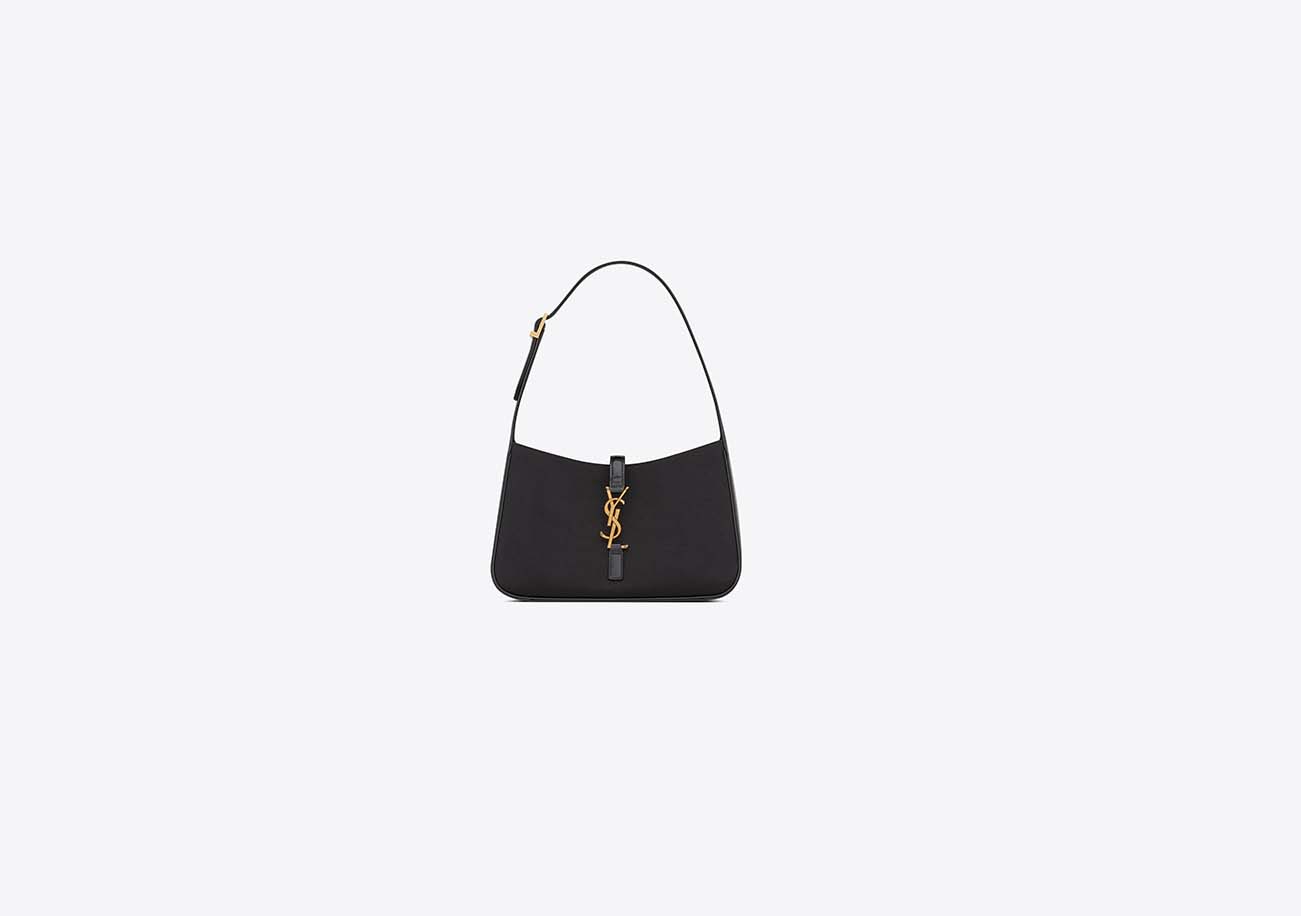Every time I walk into a tattoo shop, I feel a bit hesitant. It’s not that I don’t like the design, nor that I’m unsure of the style, but I worry whether something “permanent” might clash with “the current me” in the future. So I began experimenting with tattoo pens first—until I discovered inkbox.
From the very first inkbox tattoo pen I used, I was amazed by its performance. It’s not just a tool to draw a few doodles—it truly simulates the look of a real tattoo as an artistic medium. It lets me choose different designs based on my mood and timing, even design them myself and draw them on the skin with the pen to experience the presence of a tattoo.
After trying dozens of tattoo pens and various brands, I found that the inkbox series outperforms others in longevity, natural appearance, and color saturation. If you’re hesitating about getting a “real tattoo” or want a unique custom design, start with a tattoo pen—especially inkbox.
1. What Tattoo Pens Are Really For: Not Just Temporary Decoration, But Self‑Expression
Tattoo pens became popular not only because they’re “easy to draw with,” but more importantly because they solve this problem: we no longer need a permanent decision to express our stage‑of‑life selves.
Many of my friends regretted impulsive tattoos and even went for laser removal. In contrast, a tattoo pen is like a special accessory in our wardrobe. You can change it according to mood, yet it carries presence.
inkbox takes it further. It’s not an ordinary water‑based ink that washes off easily—it’s a “semi‑permanent” tattoo pen lasting several days to over a week on the skin. After drawing, the color oxidizes to a deep pigment like real ink rather than a cheap stamp‑like plastic look.
The first time I used inkbox, I tested a small rocket line‑art I designed myself. I drew with the Fine Tip Marker on my inner forearm, and after a few hours it deepened and looked natural—many friends assumed I’d actually gotten a tattoo.
2. Why I Ultimately Chose inkbox: What Makes It Stand Out
There are many tattoo pen products in the market, and I’ve tried several. But the only one I kept coming back to is inkbox.
Here are my key reasons:
Color looks real—almost indistinguishable from a real tattoo
Most tattoo pens look vibrant initially, but fade or smear after a few hours, or wash off easily. inkbox differs: its color forms through oxidation with the skin surface, not simple surface coating. Even after sweating at the gym or showering, the design stays in place. As it fades, it does so evenly, never turning messy, until fully gone.
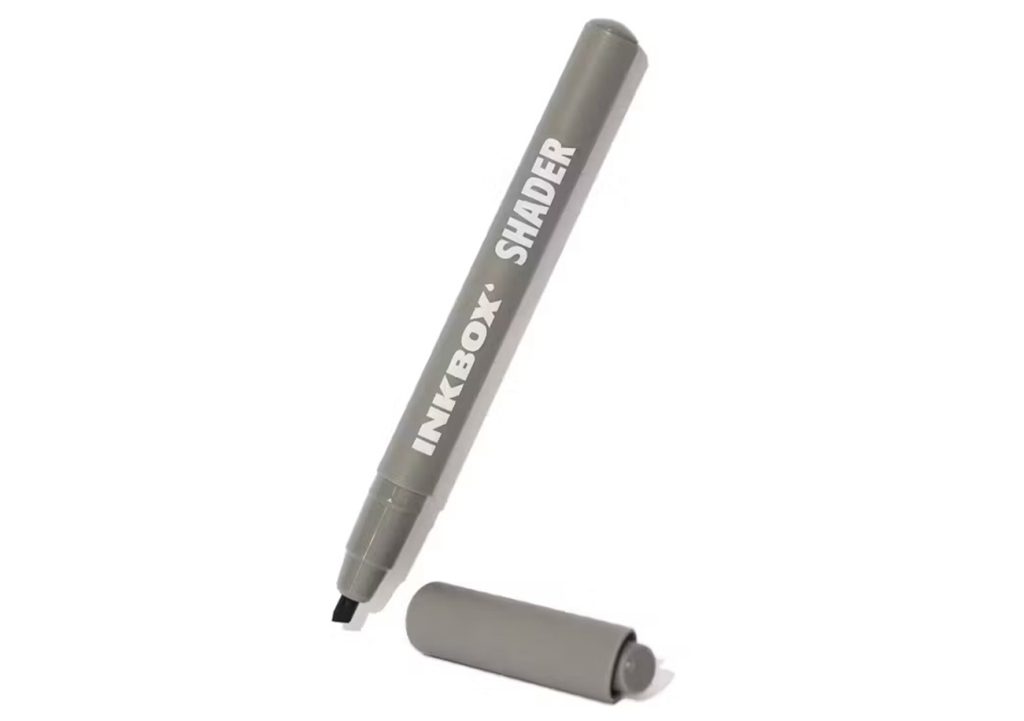
Precise control of lines—no blotching
For me, line quality is crucial. Some pens have heads that are too soft or thick, creating a blurry mess, especially on detailed designs. inkbox offers multiple tips: the Fine Tip Marker (0.5 mm) is ideal for line work, the Medium Tip Marker for mid‑thickness lines, and the Shader Marker for shading effects. I used all three for a complex mandala: Fine Tip for outlines, Medium Tip for structure, Shader for shading—it looked professionally done.
Safe and skin‑friendly—great for sensitive skin
inkbox formulas don’t contain harsh or irritating ingredients, and are alcohol‑free. I have dry, sensitive skin, and had zero reaction—this gave me peace of mind.
3. inkbox Best‑Selling Tattoo Pens Review & Recommendation
On inkbox, these three tattoo pens are my most frequent repurchases. Here’s a detailed look at their feel and best use cases:
Shader Marker: The All‑Rounder for Shading and Filling
This is my go‑to when filling large areas. For organic designs like animals, feathers, or petals, I use the Shader Marker to create light and shadow. The tip is broader, ink flow richer, covering large areas quickly. Transitions are smooth, without watermarks.
Tip: outline first with Fine Tip, then use Shader for base tone and shading—this gives depth.
Usage tips:
- Shake before use to ensure even ink flow
- Use light strokes to control depth
- Color fully forms in about 24 hours
Medium Tip Marker: Ideal for Mid‑Complexity Designs
Need a small message, motto, symbol, zodiac glyph? This pen is perfect. The tip is controllable and precise—even non‑artists can draw cleanly. I once wrote a floral script name for a friend’s wedding ensemble—and got asked, “Which tattoo shop did you go to?”
Especially beginner‑friendly, it’s the pen I keep with me most often.
Fine Tip Marker: The Ultimate Tool for Clean Line Work
Love minimalist lines or tiny motifs? This fine pen is perfect. I use it for geometric shapes: triangles, thin lines, mini feathers. The lines are clean, no bleeding, very steady strokes. I also use it for creating design drafts before going to a tattoo artist—its results often substitute for hand‑drawing.
It’s the most frequently recommended inkbox pen among my designer friends.
4. Practical inkbox Tips: How to Make Your Designs Last Longer and Look Better
After extensive use, I’ve developed a set of tips to enhance inkbox results:
Clean the skin first
Ensure skin is oil‑free—wash with warm water, wipe with alcohol swab for better adhesion.
Let design set undisturbed, avoid friction
After drawing, let it sit for at least an hour, avoid bending or rubbing with clothes to help absorption.
Best time: bedtime
I prefer drawing at night before sleep—skin stays still for hours, helping pigment settle evenly.
Avoid excessive cleaning
In the following days, avoid scrubbing the area or using exfoliants, which preserves the design’s duration.
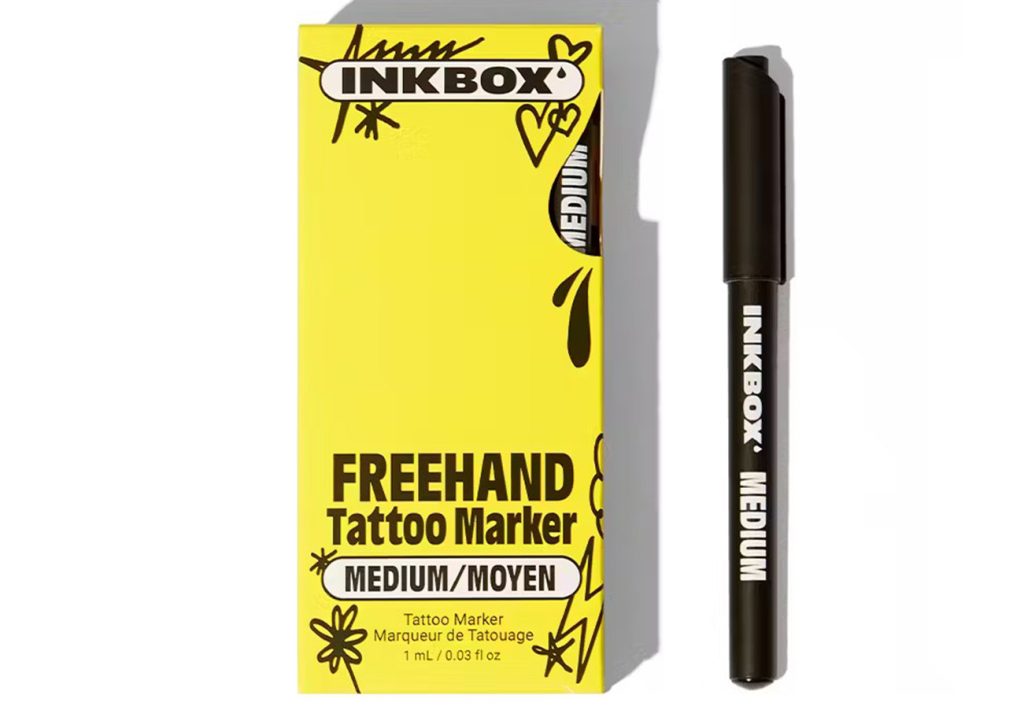
5. Tattoo Pens Are Not Just Toys—They Could Be Your First Artistic Step
Increasingly, I believe tattoo pens aren’t simply “toys” or temporary fillers—they’re true art media. With inkbox, I’ve created countless designs, played “mutual drawing” games with friends, even designed custom glyphs for birthdays.
It changed my perception of tattoos: I don’t need a permanent design to experience skin‑beauty aesthetics.
Over time, I began studying tattoo aesthetics more deeply, trying to use lines and color to express mood—a form of expression clothing or makeup can’t fully replicate.
6. Before You Tattoo, Try inkbox First
If you’ve ever stood outside a tattoo shop door, hesitant, try inkbox first.It allows you to experiment with any style—minimalist lines, intricate illustrations, monochrome geometry, full back art. Draw it on your skin first, then decide if you want it “forever.” You become your own tattoo designer. Draw anywhere, change anytime.
I’ve tried inkbox hundreds of times. It’s become more than part of my life—it’s part of my stylistic expression.
